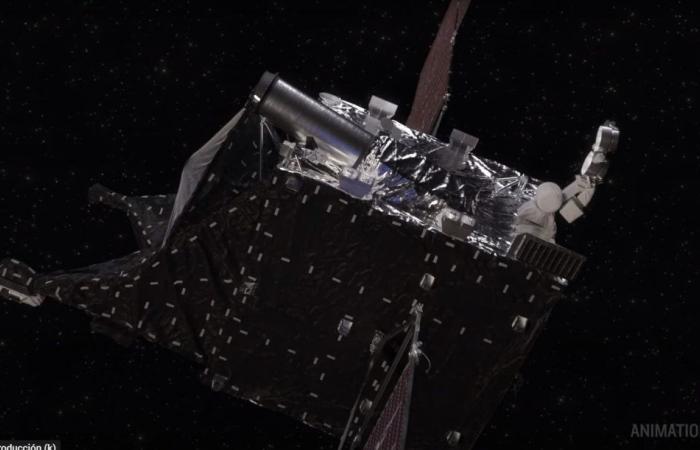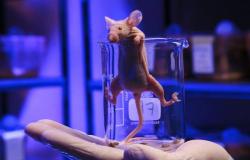The Deep Space Optical Communications experiment interacted with the Psyche aircraft’s communications system for the first time, transmitting engineering data to Earth.
Although the multi-asteroid-bound spacecraft does not rely on optical communications to send data, the new technology has proven it is up to the task. After interacting with Psyche’s radio frequency transmitter, the laser communications demonstration sent a copy of engineering data more than 226 million kilometers, one and a half times the distance between Earth and the Sun.
This achievement offers a glimpse of how spacecraft could utilize optical communications in the future, enabling higher data rate communications of complex scientific information as well as high-definition images and videos to support humanity’s next great leap: sending humans to Earth. Mars.
“We disconnected about 10 minutes of duplicate data from the aircraft during a pass on April 8,” Meera Srinivasan, project operations lead at NASA’s Jet Propulsion Laboratory in Southern California, said in a statement. “Until now, we have been sending test and diagnostic data on our Psyche downlinks. This represents an important milestone for the project, showing that optical communications can interface with an aircraft’s radio frequency communications system.”
The laser communications technology in this demonstration is designed to transmit data from deep space at speeds 10 to 100 times faster than the next-generation radio frequency systems currently used by deep space missions.
NASA’s optical communications demonstration showed that test data can be transmitted at a maximum rate of 267 megabits per second (Mbps) from the flight laser transceiver’s near-infrared downlink laser, a bit rate comparable to Internet download speeds broadband.
This was achieved on December 11, 2023, when the experiment transmitted a 15-second ultra-high definition video to Earth from a distance of 31 million kilometers, or about 80 times the Earth-Moon distance. The video, along with other test data, including digital versions of the University of Arizona’s Psyche Inspired artwork, was loaded into the flight laser transceiver before Psyche’s launch last year.
Now that the aircraft is seven times further away, the speed at which it can send and receive data is reduced, as expected. During the April 8 test, the aircraft transmitted test data at a maximum speed of 25 Mbps, far exceeding the design objective of demonstrating that it was possible to achieve at least 1 Mbps over that distance.
The project team also directed the transceiver to optically transmit data generated by Psyche. While Psyche transmitted data over its radio frequency channel to NASA’s Deep Space Network (DSN), the optical communications system simultaneously transmitted some of the same data to the Hale Telescope at Caltech’s Palomar Observatory in San Diego, California, the main technology demonstration center.
The experiment transmitted test data, as well as digital photographs of pets, to and from Psyche, a round trip of 450 million kilometers. It also downloaded large amounts of engineering data from the technical demonstration to study the characteristics of the optical communications link.
Tags: NASA managed carry laser communications million kilometers
--





